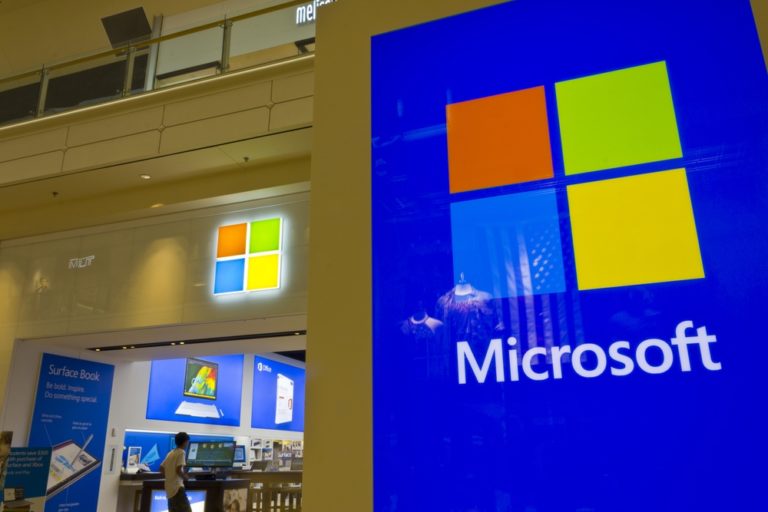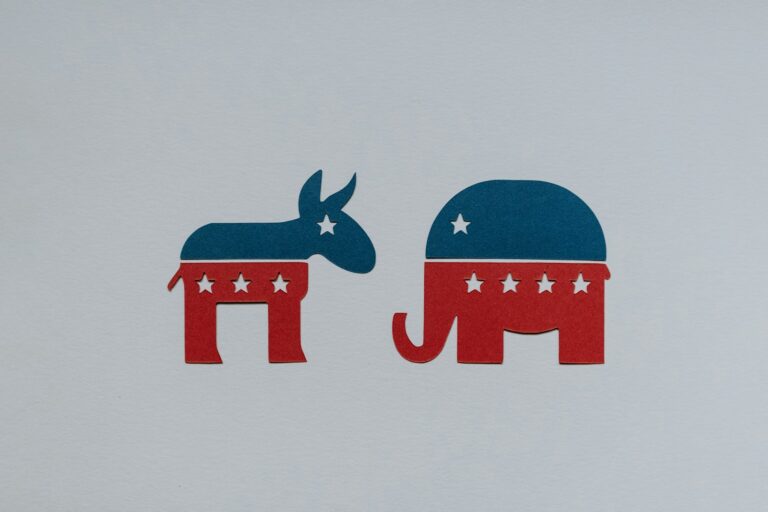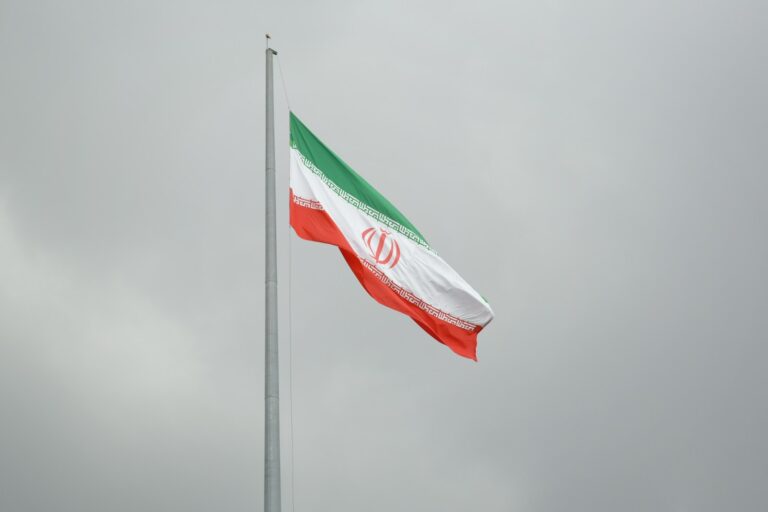President Masoud Pezeshkian of Iran signed a new law. This law suspends Iran’s special partnership with the International Atomic Energy Agency (IAEA). News of this follows a previous decision by Iran’s parliament. The parliament had voted to stop cooperation earlier. This move adds to ongoing tension over Iran’s nuclear program.
This news is important. It signals a change in Iran’s international stance, especially regarding nuclear matters. The IAEA plays a crucial role in monitoring nuclear activities worldwide. Understand what this suspension means.
Key Takeaways:
- Iranian President Masoud Pezeshkian signed a law officially suspending the country’s Cooperation Agreement with the IAEA nuclear watchdog.
- This action follows a vote by Iran’s Parliament (Majlis) to suspend cooperation under the terms of the existing agreement.
- The move reflects Iran’s stated goal of regaining full sovereignty over its nuclear program without external supervision.
- This suspension is expected to complicate international efforts to monitor and verify Iran’s nuclear activities.
- The development adds another layer of challenge to diplomacy surrounding the Iranian nuclear issue.
Why is this happening now?
After months of deliberation and political maneuvering within Iran, President Pezeshkian took this step. His administration believes that suspending the cooperation is necessary to assert Iran’s independence in its nuclear policies. They argue that the existing agreement imposes unnecessary restrictions on Iran’s sovereign rights.
What is the IAEA? Understanding the Watchdog
First things first! What’s the IAEA? You might have heard the acronym, but let’s break it down. The IAEA stands for the International Atomic Energy Agency. It’s often called the world’s atom watchdog. Think of it like this: the United Nations created this agency. Its main job? To use atomic science for peaceful purposes. That means energy, medicine, and research. But it also has a very important second job.
Imagine a world where countries secretly built nuclear bombs. No international rules. That would be extremely dangerous. Nuclear weapons change the global balance of power. They risk causing massive destruction. The IAEA was born out of a need for safety and transparency. Countries wanted to ensure each other they weren’t developing weapons secretly.
The IAEA’s role involves two main parts. First, it inspects nuclear facilities. Power plants? Research labs? Medical centers? They check that countries are using the technology safely. They look for safeguards. These safeguards are like rules, ensuring nuclear materials won’t be weaponized.
Second, the IAEA acts like a fact-finding team. Sometimes countries have questions about each other’s nuclear activities. Or, a country might worry another is cheating. The IAEA goes in, checks documents, looks at equipment, and reports what it finds. They help build trust.
Countries sign agreements with the IAEA. These are called safeguards agreements. Iran signed one long ago, over twenty years ago. It’s a formal promise. Iran agreed to let the IAEA inspect its nuclear sites. Iran also agreed to declare all its nuclear material. It promised not to build weapons secretly.
Now, Iran just signed a new law. This law cancels the special agreement it used to have with the IAEA. This isn’t the first time Iran has changed its mind about this. Its elected representatives voted before the president signed the law. So, there was a clear process. Parliament decided to suspend. The president made it official.
Why is Iran Suspending its Cooperation?
You might wonder. Why would Iran, a big nation with a proud history, decide to stop talking to the world’s nuclear watchdog? Iran has its reasons, deeply tied to its national identity and international relations.
For years, Iran has been under scrutiny regarding its nuclear program. Other countries, mostly led by the United States and Israel, worry Iran might secretly develop nuclear weapons. This fear has created a lot of tension. It’s strained relationships. It has also affected Iran’s place in the world.
Now, President Pezeshkian and his government believe that Iran has a right to manage its own nuclear future completely. They argue that international inspections limit Iran’s sovereignty too much. They feel the agreements are outdated. They feel they don’t reflect Iran’s full capabilities or needs.
Sovereignty means a country has supreme authority within its own borders. No outside government should tell it what to do, right? For Iran, this is a core principle. Suspending cooperation is a strong way to say: “We control our own nuclear path.” They want the ability to develop nuclear technology for energy or medicine without needing permission from inspectors.
Furthermore, this move aligns with Iran’s stated goal of becoming a major power. A nuclear power? Iran wants to be treated as a player on the world stage. They see having control over their nuclear program as a step towards that status. It’s a way to project strength and independence.
There’s a historical context here too. Iran and the West have had a complicated relationship for decades. Accusations and counter-accusations have flowed. The nuclear issue has often been a sticking point in talks. By making this decision, Iran is sending a clear political message. It’s a move that impacts future negotiations, whoever might try to restart them down the road.
What Does “Suspend Cooperation” Actually Mean?
Okay, let’s get specific. What happens when Iran suspends cooperation? It doesn’t necessarily mean Iran stops all nuclear activity overnight. But it definitely means big changes.
Firstly, Iran can stop allowing IAEA inspectors onto its soil. This means no more surprise visits. Inspectors won’t be able to check facilities unless there’s a specific, approved reason. Iran keeps its doors shut to unscheduled nuclear checks.
Secondly, Iran stops sharing new information. If Iran builds or modifies a nuclear site, it might not tell the IAEA right away. They won’t necessarily update the international agency with details about their activities.
Thirdly, the IAEA won’t be able to step in easily if questions arise. Suppose a neighboring country raises concerns? Or if the IAEA detects something unusual in its monitoring systems? It won’t be as easy to launch an investigation. Getting access could be delayed or prevented.
Essentially, Iran puts up a wall. It closes the channels of communication and inspection. It goes back to a state where the international community knows less about what’s happening inside Iranian nuclear facilities.
What’s the IAEA Saying About This?
Usually, when countries suspend agreements, the IAEA reacts. They state their position. The IAEA is the expert body. They understand nuclear safeguards well.
The IAEA will likely express its desire to continue monitoring Iran. This is part of its global safety mission. The agency wants to ensure Iran doesn’t develop weapons. But, the rules changed now. The IAEA has to work with what’s allowed under the new suspension.
They might issue a statement. The head of the IAEA, the Director General, might speak. They will emphasize their wish for peaceful nuclear technology. They will stress that safeguards are important for safety.
However, they won’t be able to force Iran. International law gives the IAEA authority, but it’s based on agreements. Without the agreement, the IAEA’s powers are limited on Iranian soil.
The IAEA’s main job now? Probably to state its concerns and its desire for dialogue, but within the changed framework. They will likely urge Iran to reconsider. But they also need to understand the political pressures inside Iran.
This suspension creates a bigger puzzle for the agency. They have less information. Verifying Iran’s nuclear activities becomes harder. This could lead to more questions and uncertainty internationally.
What are the Potential Consequences?
This isn’t just a technical paperwork change. Suspending cooperation with the IAEA has real-world impacts. It could affect many areas.
First, Trust and International Relations: This move definitely damages trust. Countries like the United States, European nations, Russia, and maybe China will see this as a major step away from openness. It makes future talks and potential agreements more difficult. Distrust often leads to more tension. The path to resolving the nuclear issue just got bumpier.
Second, Nuclear Verification Challenges: This is a huge blow to international verification efforts. How can other countries be sure Iran isn’t secretly developing weapons? The IAEA won’t have the same level of access. Inspections become rare. This lack of transparency increases risks for everyone. It makes nuclear proliferation a bigger concern down the line.
Third, Domestic Implications in Iran: Inside Iran, the decision was made. It’s a sign of the government’s stance. It might be popular among hardliners who view international pressure as unjust. But it might also create challenges for scientists and officials involved in peaceful nuclear programs. They might face increased scrutiny from within the country or pressure to justify their work.
Fourth, Regional Reactions: Iran’s neighbors, especially Israel and Gulf states, will watch closely. They worry about Iran’s growing influence. This move might be seen as strengthening Iran, potentially leading to more regional instability. Israel is particularly concerned about nuclear proliferation in the Middle East.
Fifth, Global Non-Proliferation Regime: Every time a country suspends cooperation, it shakes the foundations of the global non-proliferation system. Countries that rely on the IAEA safeguards might feel less secure. The whole framework for preventing nuclear weapons spread takes a hit. This could encourage other nations to question their own agreements or pursue less transparent paths.
What’s Next for Iran and the IAEA?
Where does this leave things? Nobody knows for sure. International diplomacy is always complex.
The IAEA will likely try to find a way forward. They might seek clarification on what the suspension really means. Can Iran partially cooperate? Are there specific activities still allowed? Maybe there will be back-channel talks between the IAEA and Iranian officials. But getting back to the original level of cooperation seems unlikely.
Iran will continue with its stated goal. They want full control. But they also need to consider the consequences. Is isolating themselves the best long-term strategy? Does it really enhance their security? Maybe there are other ways to achieve their goals without completely cutting off international channels.
The world will be watching. This isn’t just about Iran. It’s a test case for the international nuclear non-proliferation system. Will countries step up efforts to maintain oversight? Will dialogue become more difficult? How do nations balance respect for sovereignty with the need for global safety?
For now, the immediate effect is clear: Iranian President Pezeshkian’s law has officially halted special cooperation with the IAEA. The door is shut tighter on international inspections and information sharing regarding Iran’s nuclear activities. This is a significant development in international relations, adding another complex layer to a long-standing global concern.









